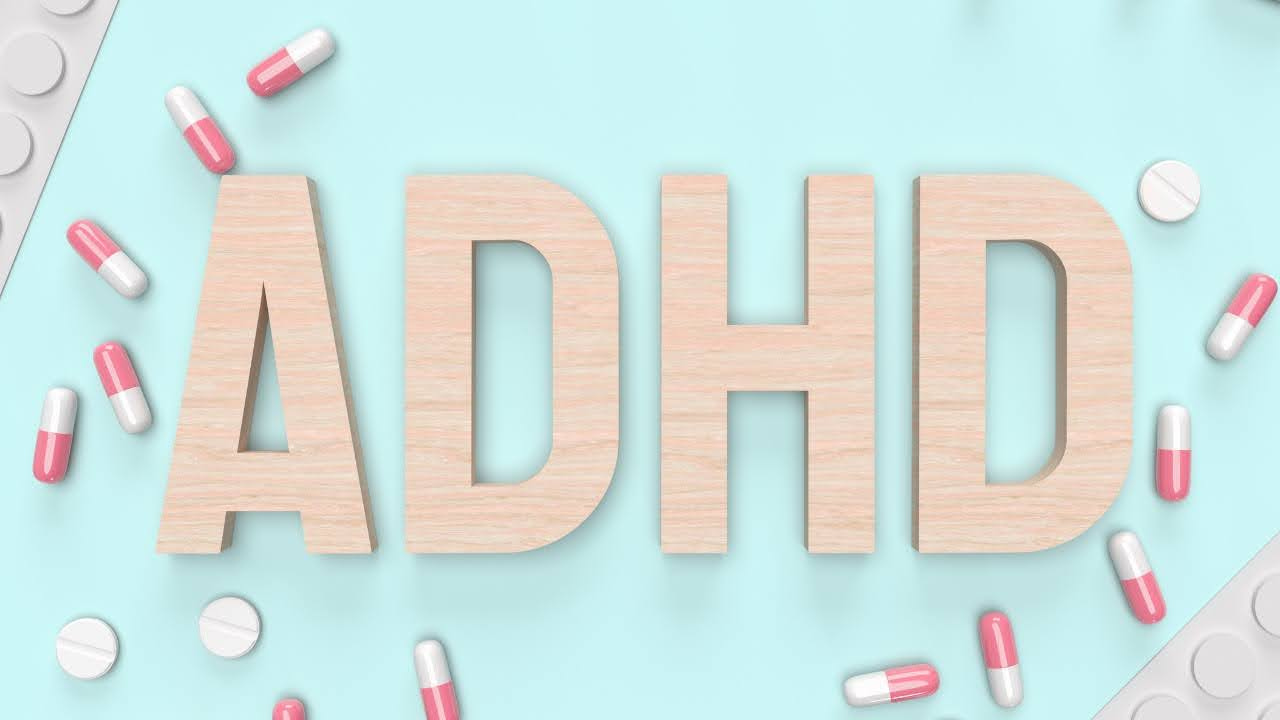Current Status
Not Enrolled
Enroll in this course to get access
Price
$59.00
Get Started
Course Content
Intro
You don't currently have access to this content
Overview
Medications
Roles for Patient Advocates

